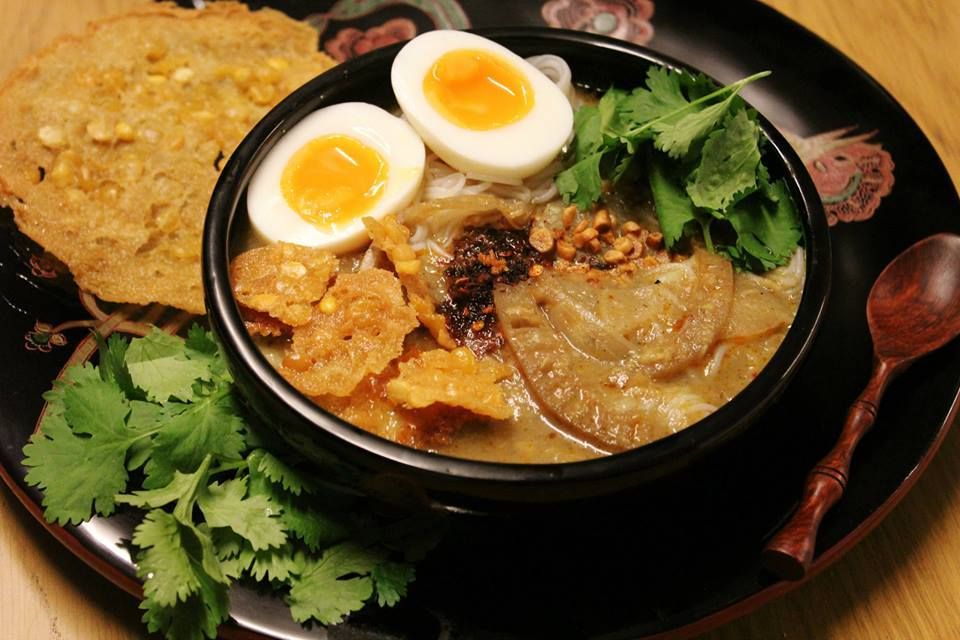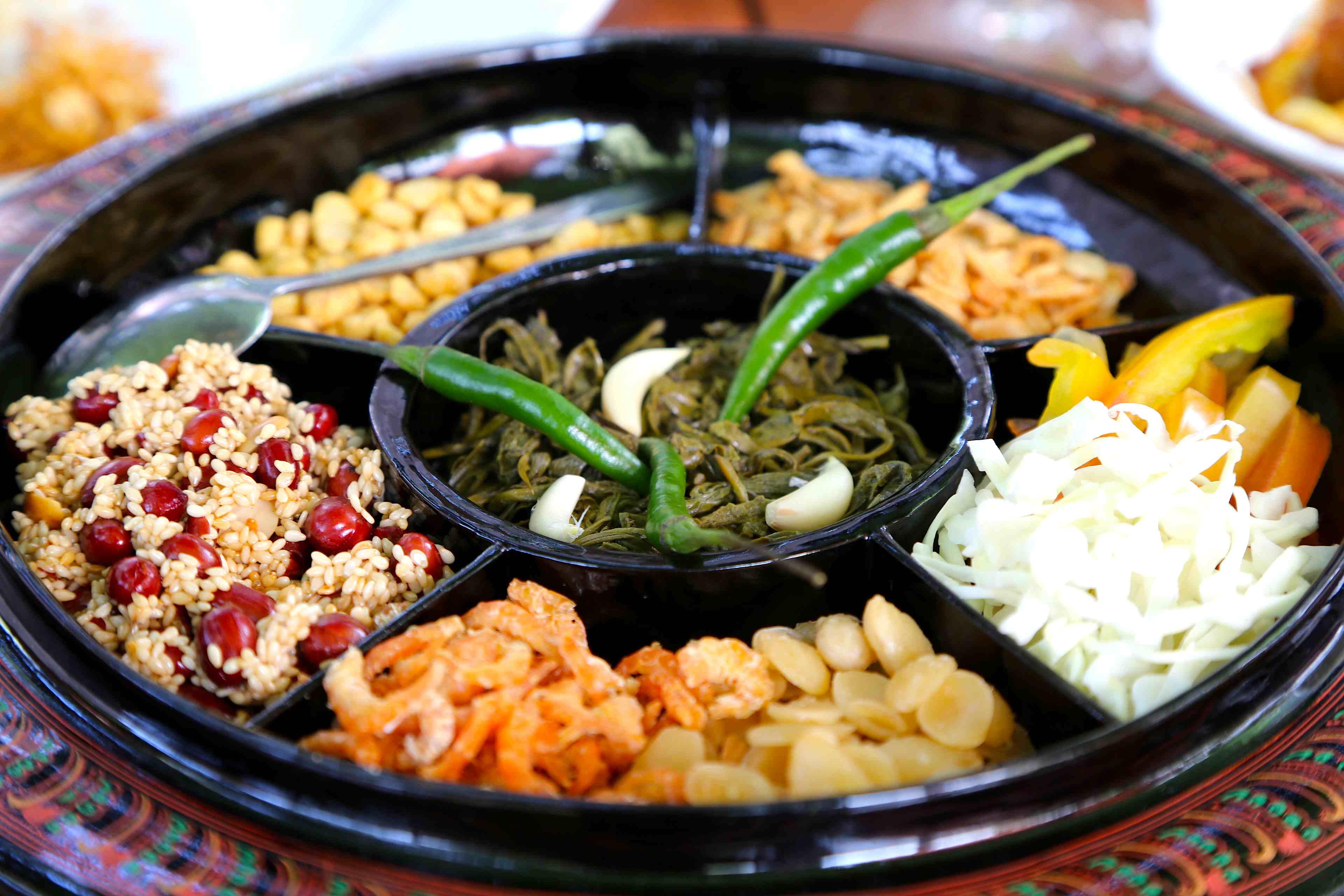A Glance into Myanmar's Changing Culture and Cuisine
The following is a nostalgic look back at Yangon’s multi-cultural past and the changes within Myanmar over recent decades from the perspective of a visitor. While some diversity has been lost, hope remains for better cooperation and understanding between Myanmar and its neighbors going forward.
An Indian Influence No More
Yangon used to be a city with a prominent Indian population. Shopkeepers, tea stalls, and other businesses catered heavily to Indian and British tastes. However, strict policies have seen those communities dwindle dramatically. Now it’s rare to see Indians wearing traditional sari or dhoti clothing on the streets. The loss of Indian culinary diversity has also been keenly felt.
Neon Nights and Neighborhood Delights
The neon signs that once lit up storefronts at night gave the city a magical quality. Small bakeries called nanbya shops sold fresh flatbread straight from clay ovens. Sugarcane juice stalls offered a uniquely refreshing drink, squeezing the cane until the sweet liquid came pouring out. Tea shops and others sold Indian-style snacks and drinks that blended British and local traditions. Even a yogurt drink shop delivered delicious and refreshing treats.
Books and Performances of the Past
Well-stocked bookstores selling international texts used to line the streets of Yangon. But on my last visit, I struggled to even find one remaining bookshop. Outdoor plays and puppet shows at Bandula Park also brought the community together for nightly entertainment. These little touches helped give the city its unique multi-cultural character.
Nostalgia for Lost Flavors and Diversity
Much has changed in Myanmar over the past few decades. Strict policies clamped down on the once thriving diversity within Yangon. As a result, we’ve lost entire cuisines like authentic Indian food. Chinese noodle shops and other ethnic eateries also disappeared without a trace. The city feels less vibrant and inviting as a travel destination these days without those community touches.
A Shared Future of Understanding
While economic and political circumstances led to losses, seeing diversity as a threat was misguided. All people and cultures have both positives and negatives in their histories. Now, with Myanmar developing rapidly, cooperation between neighbors is key. If mutual understanding can replace past conflicts, then together we can build a shared future of prosperity for all in Southeast Asia.
Labor and Opportunity Across Borders
Many low-income Burmese now come to Thailand seeking work due to limited options at home. This mirrors how poor Thais once migrated abroad as well. As business partners, Thailand and Myanmar should find ways to generate dignified jobs and spread wealth within their own borders. With compassion and fairness, borders can unite rather than divide people in the region.
A Hope for Revival and Exchange
Travel plays a big role in exposing us to different perspectives. Experiencing a place’s cuisine, arts, and daily life gives genuine understanding that politics cannot. While some flavors may be lost forever, with openness things also change and evolve. Perhaps future visitors to Yangon will again sample the rich diversity that once gave the city its unique appeal worldwide. Cooperation between societies is the surest way to preserve and build upon cultural treasures for generations to come. 
